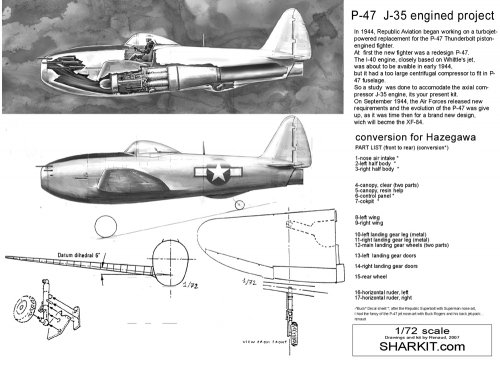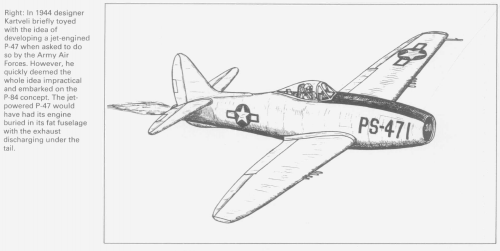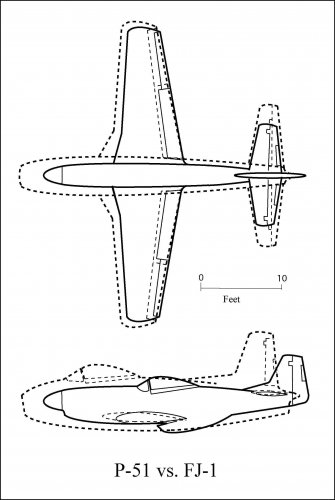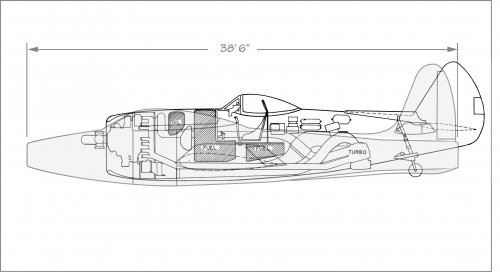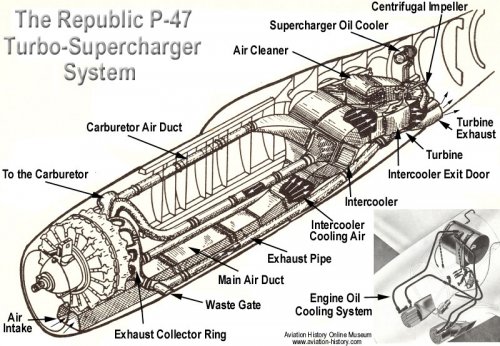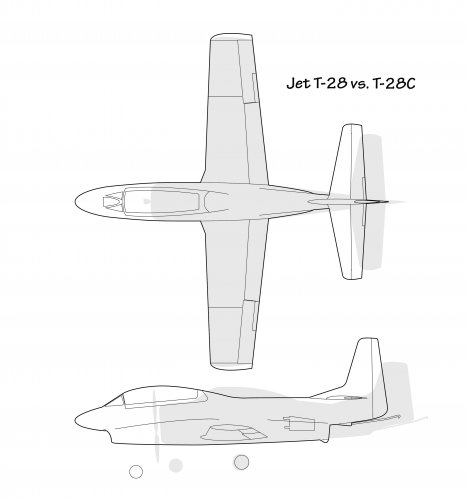Thunderbolt (1945) shows footage of the air war over Italy during World War II, focusing on the life and death struggle of a P-47 Thunderbolt squadron. In addition to showing how the pilots' activities seriously crippled the Nazi fighting ability, hastening the sweep of Allied forces into Rome, footage also shows the suffering of non-combatants on the ground (i.e., children who played near a burned corpse, destroyed buildings, etc.). The film was directed by William Wyler and John Sturges, with an introduction by Jimmy Stewart. The narrators were Lloyd Bridges and Eugene Kern.
http://youtu.be/OhN5NsuEDOQ

